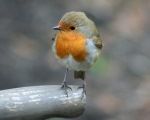
Ireland’s Top 10 Garden Birds
Do you feed the birds throughout the year? Have you ever stopped to have a look at what types of birds are in your garden? Here are Ireland’s Top 10 Garden Birds; Woodpigeon The largest of the pigeons in Ireland with a proportionally long tail, small head and a full breast. It is easily identified in flight by large, white wing bands traversing the upper wing. The wood pigeon has white and green patches on the side of the neck. In the breeding season they are conspicuous in upward-soaring display flights which end in wing clapping.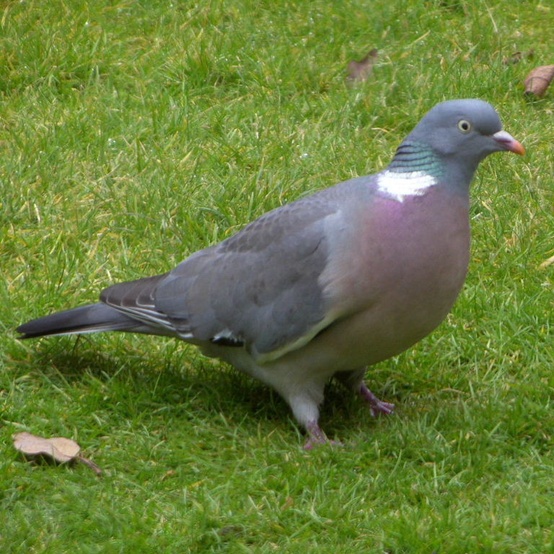 Wren
One of Ireland's smallest birds, also the most widespread, being found in almost all habitats including farmland, woodland, scrub, mountain and even on cliffs and offshore islands. It's small rounded body and tiny cocked tail are distinctive, however it can be a surprisingly difficult bird to see , and is more often heard than seen.
Robin
Possibly Ireland's most recognizable bird, the robin has a bright orange-red breast and facial area that make it unmistakable. Its upper-parts are greyish brown while its belly and lower breast are greyish white.
Wren
One of Ireland's smallest birds, also the most widespread, being found in almost all habitats including farmland, woodland, scrub, mountain and even on cliffs and offshore islands. It's small rounded body and tiny cocked tail are distinctive, however it can be a surprisingly difficult bird to see , and is more often heard than seen.
Robin
Possibly Ireland's most recognizable bird, the robin has a bright orange-red breast and facial area that make it unmistakable. Its upper-parts are greyish brown while its belly and lower breast are greyish white.
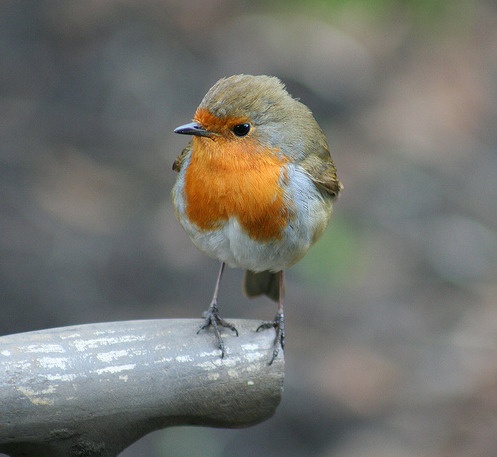 Blackbird
Male blackbirds have all black feathers and an easily identifiable bright yellow bill. Females are much browner, with speckles on the upper breast.
Blackbird
Male blackbirds have all black feathers and an easily identifiable bright yellow bill. Females are much browner, with speckles on the upper breast.
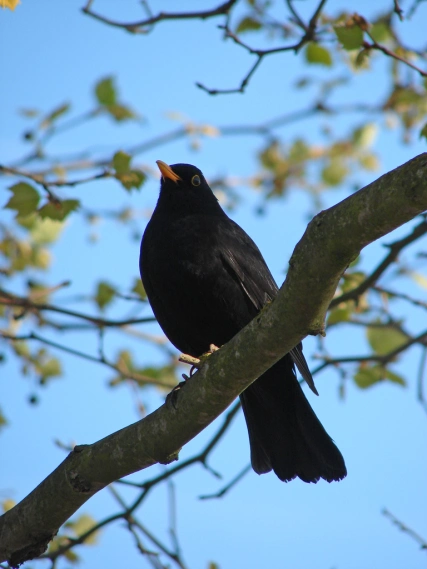 Blue Tit
Blue tits have a distinctive bright blue crown, nape collar, wings and tail with a yellow underside. Their cheeks are white, but have dark blue lines around the eyes. These cheerful fellows have a short bill and stubby legs.
Blue Tit
Blue tits have a distinctive bright blue crown, nape collar, wings and tail with a yellow underside. Their cheeks are white, but have dark blue lines around the eyes. These cheerful fellows have a short bill and stubby legs.
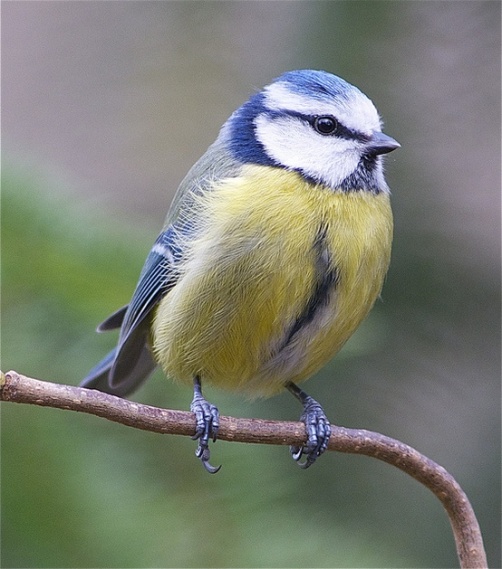 Siskin
A small member of the finch family, the Siskin has a fine, pointed bill and deeply forked tail, which is easily visible in flight. The male ise bright yellow with a white belly and yellowy-green back, while the female has more muted colours and shows more streaks.
Siskin
A small member of the finch family, the Siskin has a fine, pointed bill and deeply forked tail, which is easily visible in flight. The male ise bright yellow with a white belly and yellowy-green back, while the female has more muted colours and shows more streaks.
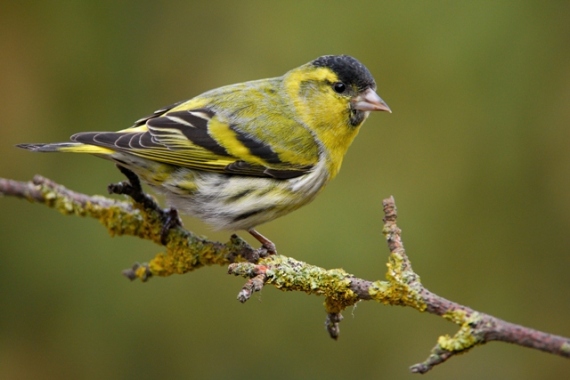 Chaffinch
Male's breast, face and underside are a pinkish orange-brown, becoming a darker, wine shade in winter. Its nape and crown are blue-grey. The female is much greyer, with washed out warm grey under parts.
Chaffinch
Male's breast, face and underside are a pinkish orange-brown, becoming a darker, wine shade in winter. Its nape and crown are blue-grey. The female is much greyer, with washed out warm grey under parts.
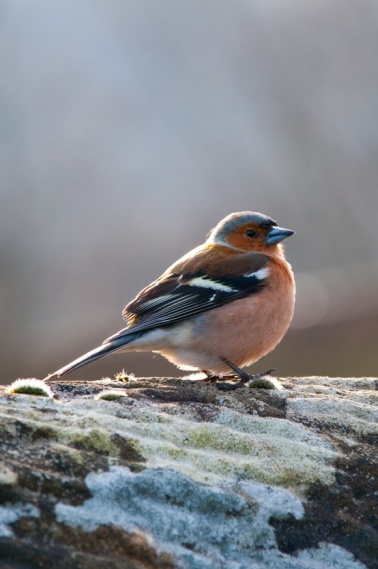 Goldfinch
The Goldfinch has eye-catching black and yellow wings and a scarlet red face with black and white markings around the face. Their tails are black with white spots while the rump is white. They are often seen in large flocks.
Goldfinch
The Goldfinch has eye-catching black and yellow wings and a scarlet red face with black and white markings around the face. Their tails are black with white spots while the rump is white. They are often seen in large flocks.
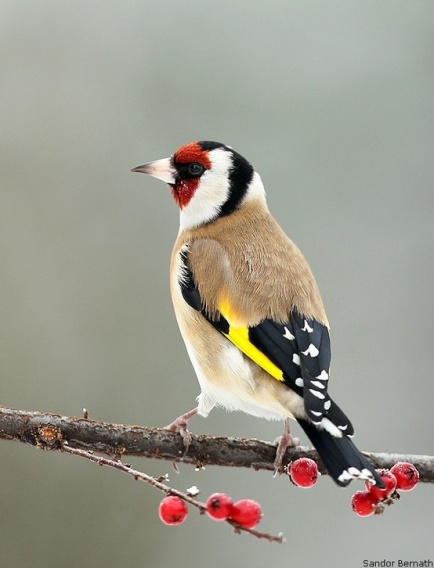 Starling
As they get older, the Starling will change from a greyish hue to a darker brown colour. In summer their feathers are glossy with a green and purple sheen. Their bill is yellow. They will often be seen in large flocks, especially in the winter months.
Starling
As they get older, the Starling will change from a greyish hue to a darker brown colour. In summer their feathers are glossy with a green and purple sheen. Their bill is yellow. They will often be seen in large flocks, especially in the winter months.
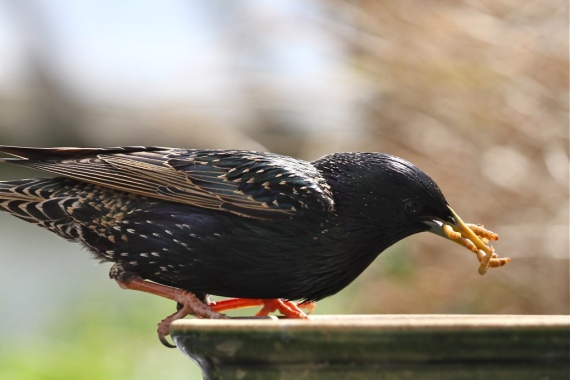 Song Thrush
The familiar Song Thrush has plain brown upper-parts and a buffish-white underside, with prominent arrow-shaped black spots in lines down the breast and flanks. Their legs are pale pinkish-grey and they will often be seen hopping around your garden in search of worms.
Song Thrush
The familiar Song Thrush has plain brown upper-parts and a buffish-white underside, with prominent arrow-shaped black spots in lines down the breast and flanks. Their legs are pale pinkish-grey and they will often be seen hopping around your garden in search of worms.
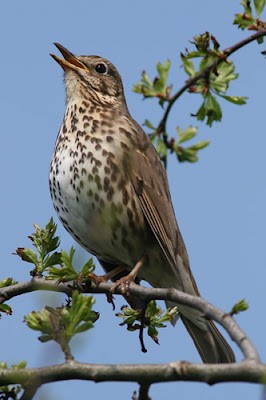 Caring for our birds
For many birds, the food and water that we supply means the difference between life and death especially in our ever changing and unpredictable environment. Birds soon catch onto where there is a good food supply. Don’t just limit feeding to the winter months as our unpredictable summers can also leave birds without food sources.
Water is just as important as food so where possible supply a birdbath and ensure during the winter months that it does not freeze over.
Regularly clean birdbaths and feeders to prevent illness.
Have a look at our range of feeders and feed for birds. The full range is available in store.
For more information on our native birds visit the Bird Watch Ireland website: www.birdwatchireland.ie.
Caring for our birds
For many birds, the food and water that we supply means the difference between life and death especially in our ever changing and unpredictable environment. Birds soon catch onto where there is a good food supply. Don’t just limit feeding to the winter months as our unpredictable summers can also leave birds without food sources.
Water is just as important as food so where possible supply a birdbath and ensure during the winter months that it does not freeze over.
Regularly clean birdbaths and feeders to prevent illness.
Have a look at our range of feeders and feed for birds. The full range is available in store.
For more information on our native birds visit the Bird Watch Ireland website: www.birdwatchireland.ie. 





